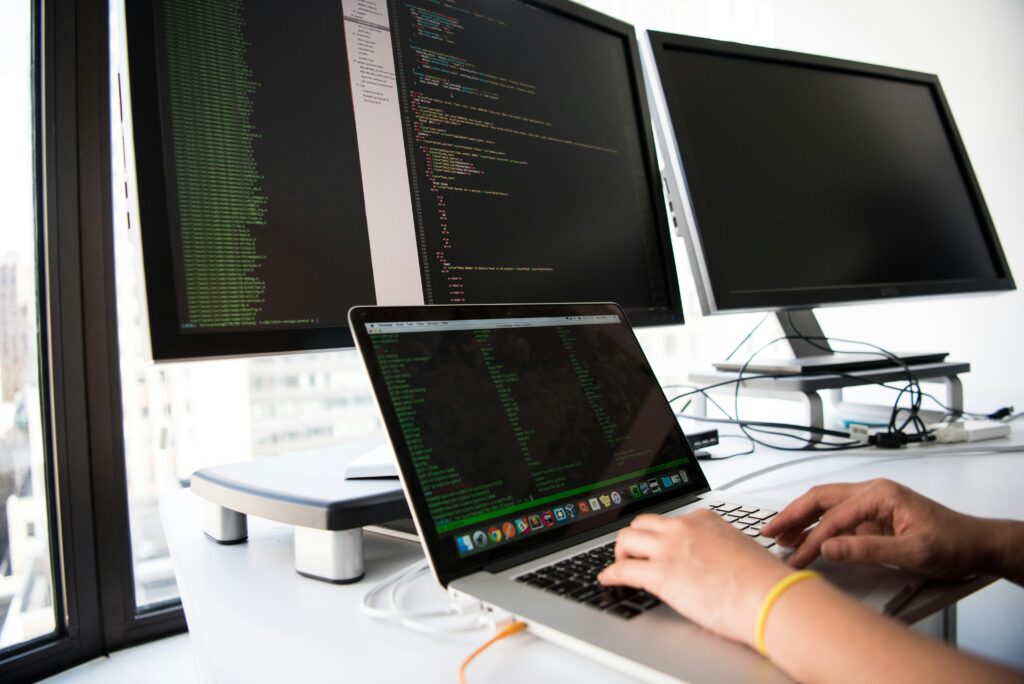Businesses rely heavily on technology to drive their operations, streamline processes, and stay competitive in the market. However, with technology comes the inevitable challenges of IT support. From hardware failures to cybersecurity threats, businesses encounter a myriad of IT support issues that can disrupt workflow, compromise data security, and hinder productivity. In this comprehensive guide, we’ll delve deeper into some of the most common IT support issues faced by businesses and provide practical solutions to overcome them.
Common IT Support Issues and Quick Fixes
- Hardware Failures: Hardware failures are a persistent issue that can range from malfunctioning computers to printer problems and USB device issues. These failures can disrupt workflow and productivity, leading to downtime and potential data loss. To address hardware failures effectively, businesses should implement proactive measures such as conducting regular hardware diagnostics, implementing hardware maintenance schedules, and having spare hardware components on hand for quick replacements. Additionally, investing in quality hardware and ensuring proper ventilation and cooling can help prolong the lifespan of hardware components and minimise the risk of failures.
- Software Glitches and Compatibility Issues: Software glitches and compatibility issues are common occurrences that can cause applications to crash, slow performance, and disrupt workflow. These issues often arise due to outdated software versions, incompatible software components, or improper software configurations. To mitigate software-related issues, businesses should prioritise software updates and patches, conduct compatibility testing before deploying new software, and provide comprehensive user training on software usage and troubleshooting. Additionally, implementing application performance monitoring tools can help identify and address software glitches proactively, minimising their impact on business operations.
- Network Connectivity Problems: Network connectivity problems, such as slow internet speeds and wireless connection issues, can hinder communication and collaboration within organisations. These issues can be caused by various factors, including network congestion, hardware malfunctions, and configuration errors. To address network connectivity problems, businesses should conduct regular network assessments to identify bottlenecks and optimise network configurations. Investing in reliable networking equipment, such as routers and switches, can also help improve network performance and reliability. Additionally, implementing network monitoring tools can provide real-time insights into network performance and help identify and resolve connectivity issues promptly.
- Security Breaches and Cybersecurity Threats: Cybersecurity threats pose significant risks to business data and operations, ranging from malware infections to phishing attacks and unauthorised access. These threats can result in data breaches, financial losses, and damage to reputation. To enhance cybersecurity posture, businesses should implement a multi-layered security approach that includes firewalls, antivirus software, intrusion detection systems, and employee training on cybersecurity best practices. Regular security audits and vulnerability assessments can also help identify and address security vulnerabilities proactively, reducing the risk of security breaches and data loss. Additionally, implementing data encryption and access control measures can help protect sensitive information and prevent unauthorised access to critical systems and data.
- Data Loss and Data Recovery: Another one of the common IT support issues is data loss. Data loss can occur due to various factors, including accidental deletion, hardware failures, and malware infections. This can result in significant data loss and downtime, impacting business operations and productivity. To prevent data loss and ensure data recovery, businesses should implement robust data backup solutions that include regular data backups, offsite storage, and data encryption. Testing data recovery procedures regularly can also help ensure that data can be restored quickly and effectively in the event of a data loss incident. Additionally, educating employees on data management best practices and implementing access control measures can help prevent unauthorised access to critical data and reduce the risk of data loss.
- Performance Issues: Performance issues, such as slow system performance and application lag, can affect user productivity and satisfaction. These issues can be caused by various factors, including insufficient system resources, software bugs, and configuration errors. To address performance issues effectively, businesses should conduct performance diagnostics to optimise system resources. This may involve upgrading hardware components, optimising software configurations, and implementing performance tuning techniques. Additionally, investing in monitoring tools that provide real-time insights into system performance can help identify and address performance issues proactively, minimising their impact on business operations.
- User Errors and Training Needs: User errors, such as incorrect software configurations or improper use of IT systems, can lead to performance issues and security vulnerabilities. These errors are often the result of insufficient user training and awareness of IT best practices. To address user errors effectively, businesses should prioritise employee training on IT systems and security protocols. This may include providing hands-on training sessions, creating user guides and manuals, and conducting regular security awareness training sessions. Additionally, implementing user-friendly IT systems with built-in safeguards can help prevent common user errors and minimise their impact on business operations.
- Service Desk Overload: Service desk overload occurs when IT support staff are overwhelmed with help desk tickets and service requests, resulting in delayed response times and decreased customer satisfaction. This can lead to increased downtime and productivity losses for the business. To manage service desk overload effectively, businesses should implement ticketing systems that prioritise support requests based on urgency and impact on business operations. Additionally, outsourcing certain support functions to managed service providers can help alleviate the workload on internal IT support teams, allowing them to focus on more strategic initiatives. Implementing self-service portals and knowledge bases can also empower users to troubleshoot common IT issues independently, reducing the number of help desk tickets raised.
- Software Update Issues: Software updates are essential for patching security vulnerabilities and improving software functionality. However, software update issues, such as failed updates or compatibility issues, can disrupt business operations and pose security risks. To address software update issues, businesses should implement a proactive software update management strategy that includes testing updates in a controlled environment before deployment. Additionally, automating the software update process can help ensure timely updates without disrupting business operations. Providing user training on the importance of software updates and the proper procedures for installing updates can also help minimise software update issues.
- Printer Problems: Printer problems, such as paper jams, print quality issues, and connectivity problems, can disrupt document processing and workflow. To address printer problems effectively, businesses should implement regular printer maintenance schedules and provide user training on printer troubleshooting techniques. Additionally, investing in reliable printing equipment and using high-quality consumables, such as ink cartridges and paper, can help prevent printer problems and ensure smooth printing operations. Implementing print management solutions that monitor printer usage and manage print queues can also help optimise printing processes and reduce printing costs.
Conclusion
In conclusion, navigating common IT support issues requires a proactive approach, continuous monitoring, and rapid response to IT issues. Businesses can minimise disruptions, enhance productivity, and ensure business continuity by addressing common IT support issues such as hardware failures, software glitches, network connectivity problems, and cybersecurity threats. Partnering with an experienced IT support provider like Kew Solutions will help businesses overcome these common IT support issues and stay ahead of emerging IT trends.
Contact Us or Book a Call to find out how Kew Solutions can help you confidently navigate the complexities of IT support and achieve your goals in today’s technology-driven world.









